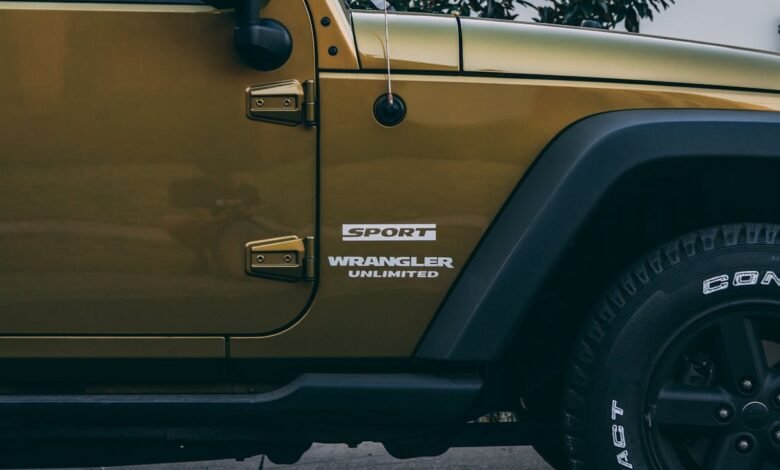How to Choose the Right Lift Kit for Your Jeep

Off-roading brings freedom. It takes you to places most cars can’t reach. But before hitting the trail, your Jeep needs the right setup. A lift kit isn’t just for looks. It’s about better clearance, stronger handling, and more control on rough paths. The challenge is choosing the right one. Not all kits work the same. What fits one Jeep may not suit another. Every choice matters—from height to hardware. Picking wrong can lead to a bumpy ride, steering issues, or even damage. The goal is to find a balance between height and function. Here’s how to choose the right lift kit without regrets.
Think About How You Drive Most
Start with how the Jeep is used. Some drive it daily and take it off-road on weekends. Others use it only for trails. The more pavement miles it sees, the more comfort and handling matter. Daily drivers need smoother rides and better alignment. Weekend trail explorers can go more aggressive. The best choice balances lift and practicality. Going too high can mess with fuel, wear tires, and cause rough turns. If it’s mainly for show or city driving, smaller lifts do the trick. But if the Jeep climbs rocks or crosses streams often, go with something stronger and higher.
Know What Tires You Want to Run
Tire size changes everything. Bigger tires need more space. That space only comes with a proper lift. But don’t just guess—measure the tire and check your Jeep’s clearance. Some setups need just a couple of inches. Others require full kits with new parts. It’s not about just stuffing bigger tires in. It’s about giving them room to turn and flex without rubbing. The right lift makes sure tires move freely on the trail and during tight turns. If the tires are too big for the lift, the ride will suffer. Plan the tires first, then find the lift that fits them right.
Pick a Kit That Matches the Weight
All Jeeps are not the same weight. Some carry winches, steel bumpers, or roof racks. Those extras weigh down the suspension. A light-duty kit may sag or bottom out. A better move is to find a setup that supports the added weight. Some kits even list the weight ranges they’re made for. Matching load with spring strength means the Jeep stays level and handles sharp. It also protects the shocks from early wear. A good lift shouldn’t just raise the Jeep—it should hold it steady even with gear packed on top or tools in the back.
Think Ahead About the Terrain
Trails change fast. Rocks, mud, sand—they all demand different setups. Mild lifts handle most dirt roads and small hills. Bigger lifts are for deep ruts, large boulders, and steep slopes. Suspension flex matters, too. The more a Jeep can move without tipping, the better. Some areas need extra clearance for water crossings. Others need strong travel for uphill crawls. Jeep lift kits should match not just looks but also the paths ahead. The terrain shapes the ride. A solid match between the trail and the kit avoids regrets later and gives more fun out there.
Don’t Forget What Comes with the Kit
Not all lift kits include the same stuff. Some are just spacers. Others come with shocks, springs, and control arms. Look closely at what’s inside. More parts mean less guessing later. It’s easy to buy a cheap kit and then realize more parts are needed. That can mean more money, time, and trouble. Choosing a complete setup saves headaches and ensures all parts work together. It also helps with safe alignment and long-term wear. A full kit may cost more, but it often rides better and lasts longer. Fewer problems down the line are always worth it.
Read more: Protect Your Home with the Latest Alarm Installation and Security Technology
Conclusion
Choosing a lift kit takes more than picking the tallest one. It’s about fitting the way the Jeep is used. Think of comfort, terrain, weight, and tire size. Every factor shapes the outcome. The right lift makes the Jeep safer, stronger, and more fun. It lets it handle curves, rocks, and trails with ease. A poor choice can lead to uneven rides and extra costs. But with smart planning, the right lift adds more than height. It adds freedom to explore, climb, and go wherever the road disappears. Make it about performance, not just looks, and the Jeep will thank you on every trail.
